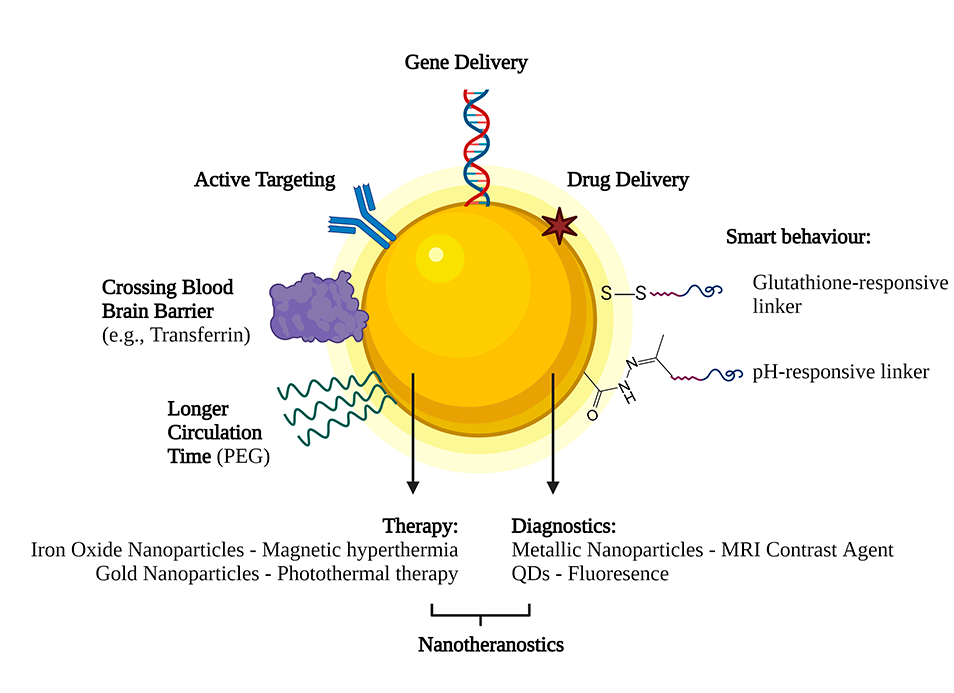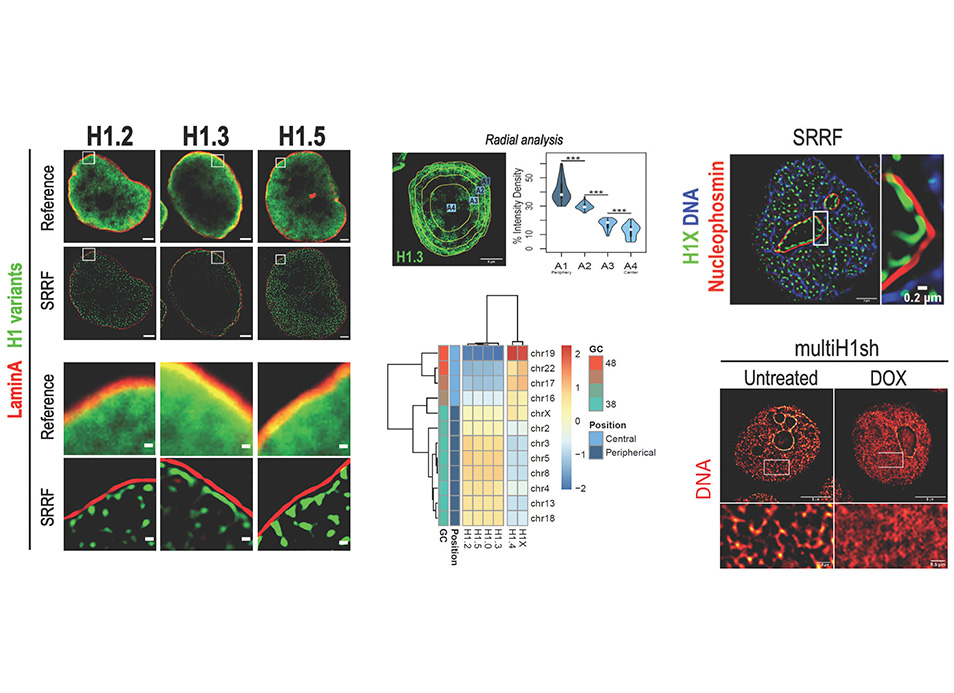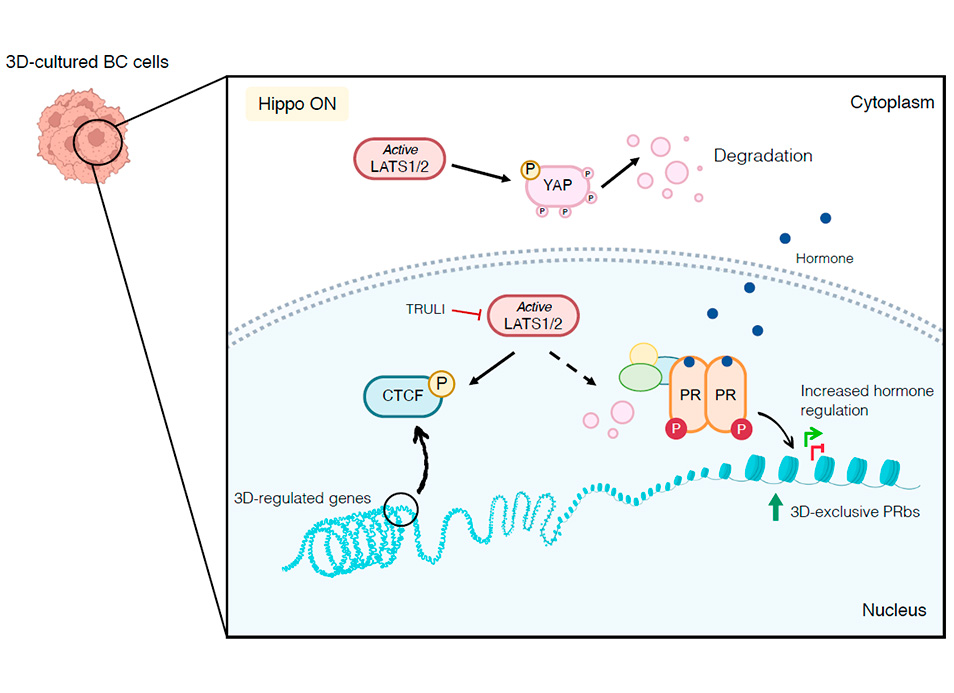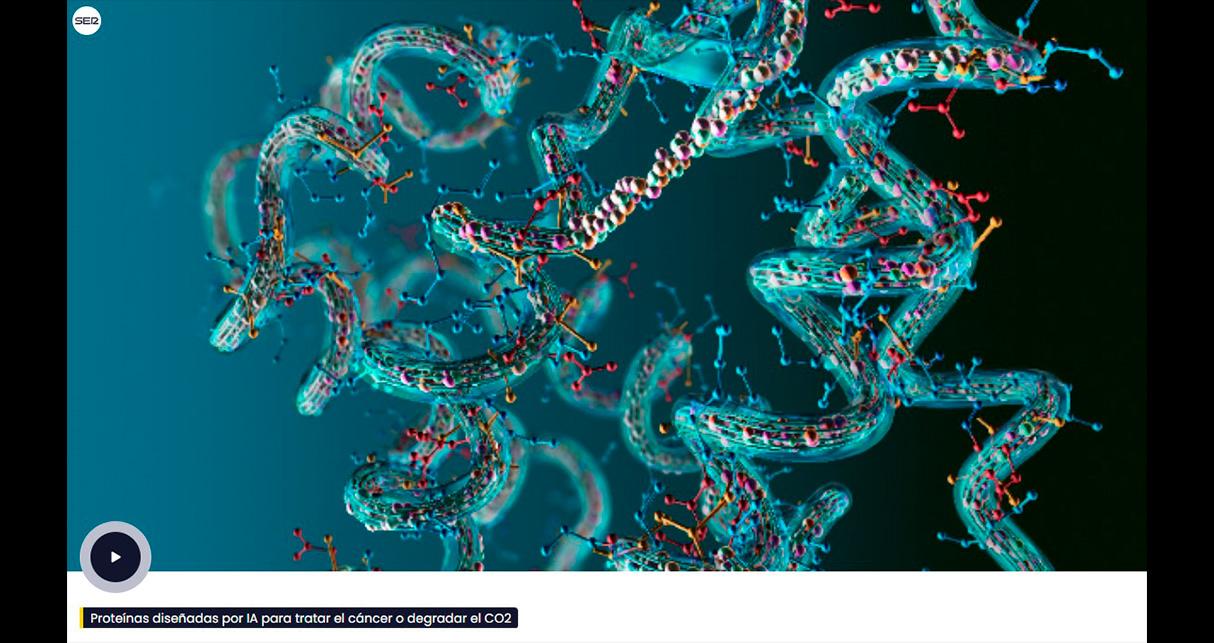New publication in eLife of the Jordan Lab in collaboration with the IBMB Imaging Platform showing that…
Nanotechnology-Based Strategies to Overcome Current Barriers in Gene Delivery
Nanotechnology-Based Strategies to Overcome Current Barriers in Gene Delivery
Nanomaterials are currently being developed for the specific cell/tissue/organ delivery of genetic material. Nanomaterials are considered as non-viral vectors for gene therapy use. However, there are several requirements for developing a device small enough to become an efficient gene-delivery tool.
Numerous diseases find their roots at the genetic level. The human genome project and the latest advances in molecular genetics and high throughput techniques allowed us to understand the genetic basis of many pathologies and, thus, to identify new therapeutic targets. Therefore, new strategies are being developed for “undruggable” diseases. In the past few decades, gene therapy emerged as a potential treatment for various diseases, including cancer, cardiovascular and neurological diseases. However, different molecular approaches have been developed to achieve the therapeutic goal due to the diseases and genetic defects’ heterogeneity.
Gene-based medicines are part of the expanding new treatment options with already twenty marketed gene therapy and cell-based gene therapy products and over two thousand gene therapy clinical trials reported worldwide.
This review aims to provide the reader with the most up-to-date knowledge on mechanisms involved in intracellular nucleic acid delivery, the barriers to be overcome, and recently developed non-viral gene delivery systems. We focus on the latest advances in nanotechnology in the gene delivery field.
Reference:
Mirón-Barroso, S.; Domènech, E.B.; Trigueros, S. Nanotechnology-Based Strategies to Overcome Current Barriers in Gene Delivery. Int. J. Mol. Sci. 2021, 22, 8537.

Multifunctionalities of nanotechnology-based delivery systems.



